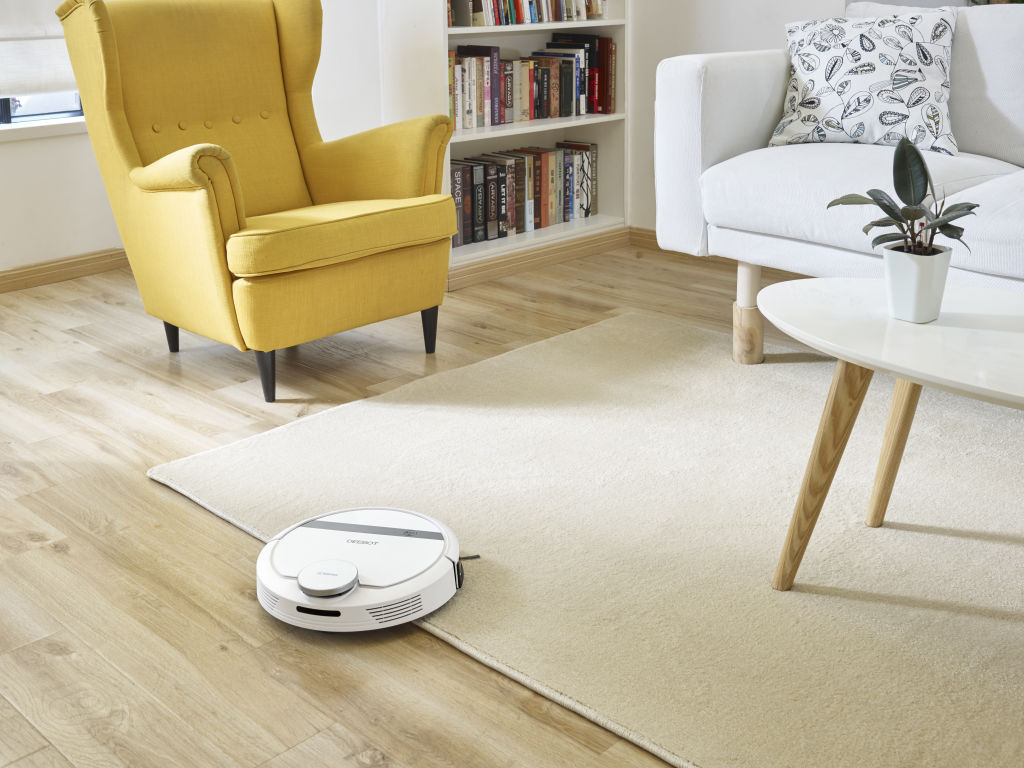Robovacuums don't replace regular vacuum cleaners and cost the environment, research finds

Suck it up, Australia: your robot vacuums aren’t as great for the environment as you thought, new research suggests.
With the smart home revolution in full swing, many households are taking up different devices with gusto and robotic vacuum cleaners top the list.
More than 10 million devices are in circulation and counting. But a new study has questioned the advertised promises of energy efficiency and cleaner homes from a device that’s fast becoming one of Australia’s most common smart technologies.
“One of the significant things we found from the research was the robovacuum cleaner hasn’t replaced the traditional vacuum cleaner,” said report author Larissa Nicholls, from RMIT University’s Centre for Urban Research.
“In most households, the robovac doesn’t clean to the level they want or in the places they can’t get to: in corners or behind furniture.”
Dr Nicholls and her co-author, RMIT associate professor Yolande Strengers, acknowledged that while the device itself wasn’t energy intensive, the overall impact of producing them en masse was unhelpful.
“The level of clean was valuable but not enough to give up other types of floor cleaning,” she said.
“Overall the financial and environmental impact of these robovacs need to be questioned. I’m taking into account the energy and carbon emissions involved in making all these extra devices and the impact of the disposal of all these devices with their short lifespans.”
The researchers, who conducted a qualitative survey of 36 households across Australia, also found that robotic vacuums encouraged an unhealthy standard of hygiene in our homes.
“The marketing of hyper-hygienic homes is potentially unhealthy for society and people,” said Dr Nicholls.
“Marketing of new products shouldn’t be what educates us on how clean our homes should be. Particularly now that medical research has shown that being too clean in our homes is probably causing some of the increases in conditions such as allergies and asthma.”
Dr Nicholls said this, in turn, saw increased use of energy and cleaning products, compounding the device’s environmental impact.
This higher standard of hygiene and general tidiness would also commonly fall on the female members of households, exacerbating relationship problems and inequality in the home, according to the researchers.
The report said: “To some extent, robovacs demand a home that meets the ideal of tidiness presented in marketing imagery – one devoid of stuff or clutter on or around the floor. In this way, they could also exacerbate the concern caused by an untidy or ‘dirty’ floor.
“A few households struggled to provide an appropriate environment for the device to operate at all.”
Dr Nicholls said the survey size was small, but the findings were in accord with larger international surveys. She said it was the first of its kind to assess the social and environmental impacts of robotic vacuum cleaners.
In one instance, a woman gave up using the robotic cleaner altogether because she couldn’t meet its implicit demands for tidiness.
“At first I thought it was the best thing ever … so we’d call it happiness. But then the happiness was very short-lived: I’ll go to uni or something, and then I ask the children, please make sure that happiness is working and not stuck somewhere … I’ll come back home, and the house is a mess, and the [vacuum cleaner] is stuck … so it was a source of distress as well.”
We thought you might like
States
Capital Cities
Capital Cities - Rentals
Popular Areas
Allhomes
More







